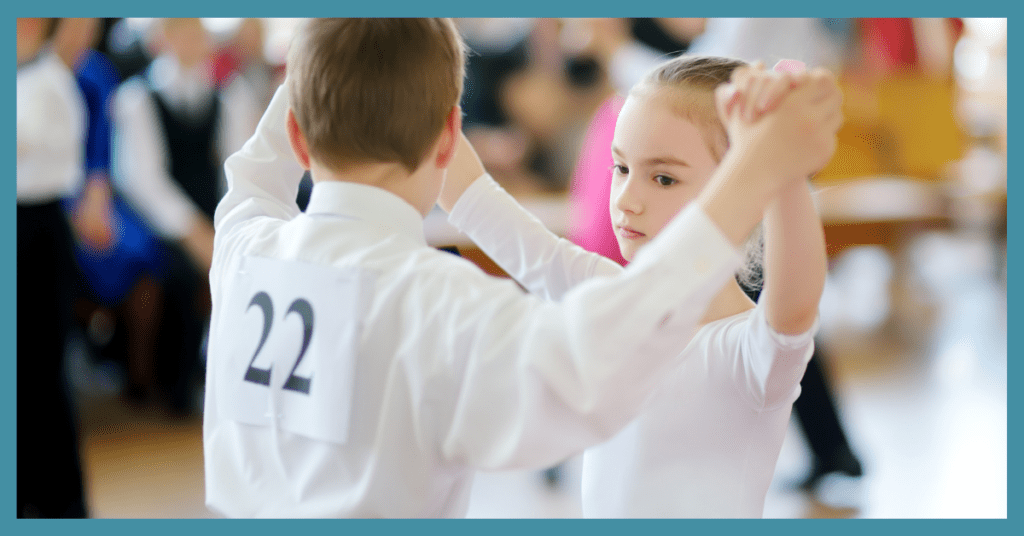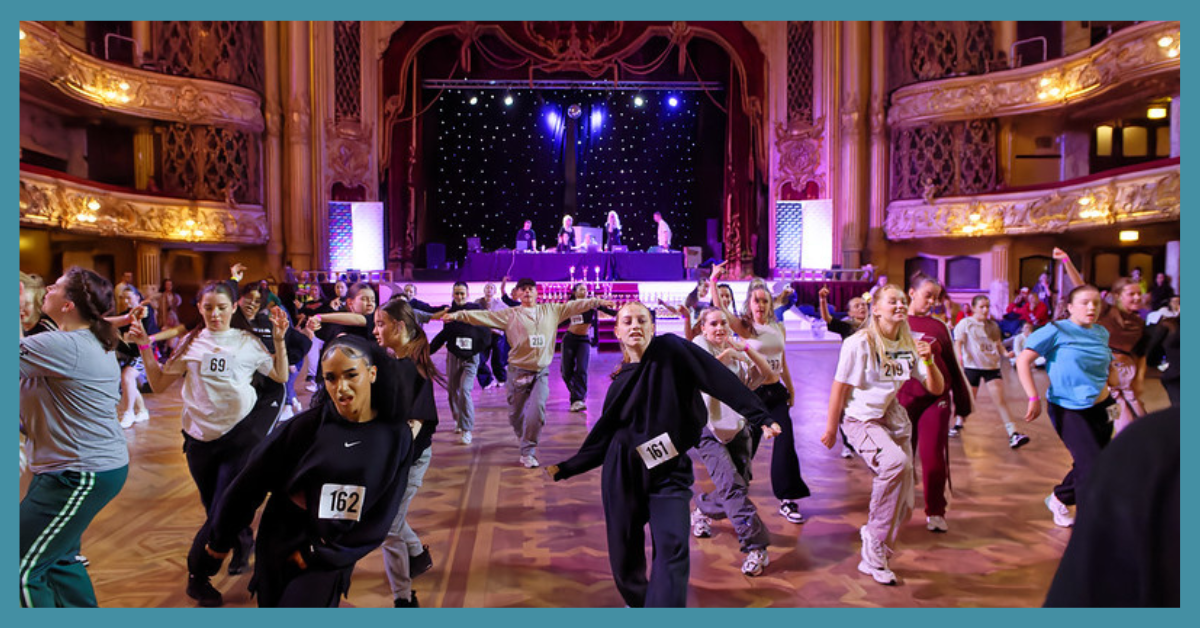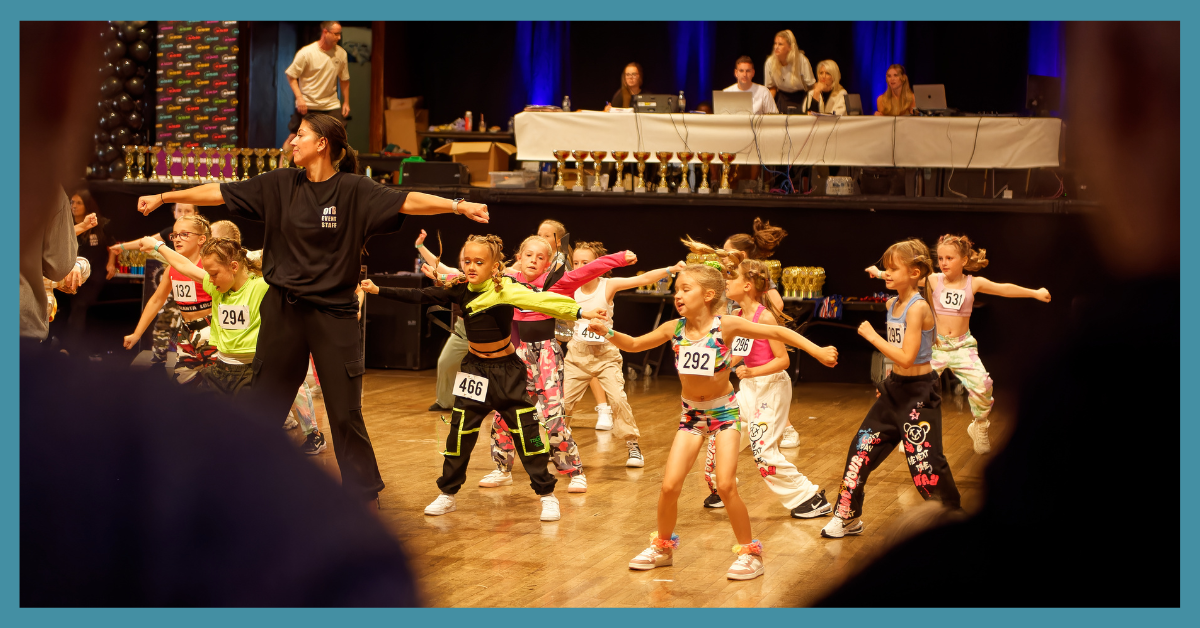Navigating Dance Competitions: Tips and Personal Insights for Dance Teachers

Navigating the dynamic and often intense world of dance competitions can be both exhilarating and exhausting. With over forty years experience in competitive dance, I’ve seen it all—from the highest highs to the tough moments that test us. This guide aims to pass on the wisdom I’ve accumulated to help both seasoned and new teachers manage their students—and their expectations—effectively during these events.
Preparing for the Big Day
Getting ready for a competition day calls for meticulous planning and clear communication. It’s vital to ensure that all dancers and their parents are up to speed with logistics like travel arrangements, schedules, and entry fees. The financial and emotional investment in these competitions is significant, and often, the only reward is the joy of watching your students shine.
Navigating Parental Expectations
One of the trickiest parts of dance competitions is managing parents’ expectations. Parents naturally want the best for their kids and might seek immediate feedback or question the competition results. Over the years, I’ve learned to handle these interactions delicately to keep the focus sharp and avoid knocking the dancers’ confidence.
Personal Insight: I’ve found that discussing feedback only when necessary and saving detailed critiques for regular class sessions helps keep the students’ morale high on competition day, when emotions are already running high.
The Complexity of Feedback
Giving feedback right in the heat of competition can do more harm than good. As experienced educators, we know that many technical improvements need time and consistent practice, not quick fixes on the competition floor, which can confuse and unsettle dancers.
Teaching Tip: It’s crucial to remind parents about the philosophy of marginal gains—the idea that consistent, small improvements are better than sporadic big changes. Most issues can’t be sorted out on the day but need weeks, even months, of practise.
Professionalism Under Pressure
Competitions can stir up strong emotions, and it’s vital for us as teachers to exemplify professionalism and resilience. Teaching our dancers to handle both success and disappointment with grace is crucial—not just for their dance careers but for life in general.
Challenging Scenario: I remember a time when a parent loudly corrected their child’s posture during a performance. Despite good intentions, this caused the dancer to lose the posture we’d perfected over months, negatively impacting their performance. This taught me the importance of shielding students from last-minute advice and sticking to the techniques we’ve practised in class.
Supporting Every Dancer
At big events, with lots of students participating, it’s nearly impossible to give individual feedback to each dancer. The challenge of juggling multiple performances at once means sometimes, you might miss a student’s moment.
Efficiency Tip: Set up a schedule so dancers know when and where they can expect feedback. This helps manage expectations and ensures every dancer feels supported and valued.
Embracing a Long-Term Perspective
Encouraging dancers and their families to take a long-term view of progress is helpful. Focusing just on one event’s results can be disheartening and doesn’t truly reflect a dancer’s overall development or potential.
Advice for Growth: Regularly remind both dancers and their parents to assess progress over an extended period—like a year—rather than just one competition. This broader view helps everyone appreciate the gradual improvements and enjoy the journey more than just the fleeting moments of victory or defeat.
Conclusion
Mastering the art of managing dance competitions involves more than just choreographic expertise; it requires emotional intelligence, logistical planning, and a deep understanding of human behaviour. By preparing thoroughly, maintaining professionalism, and wisely managing feedback and expectations, you can turn competition experiences into valuable growth opportunities for your students.
As we continue on this vibrant journey of dance education, let’s support each other in creating environments where young dancers not only excel in competitions but also grow as individuals, equipped to handle life’s various challenges with grace and confidence.






Responses